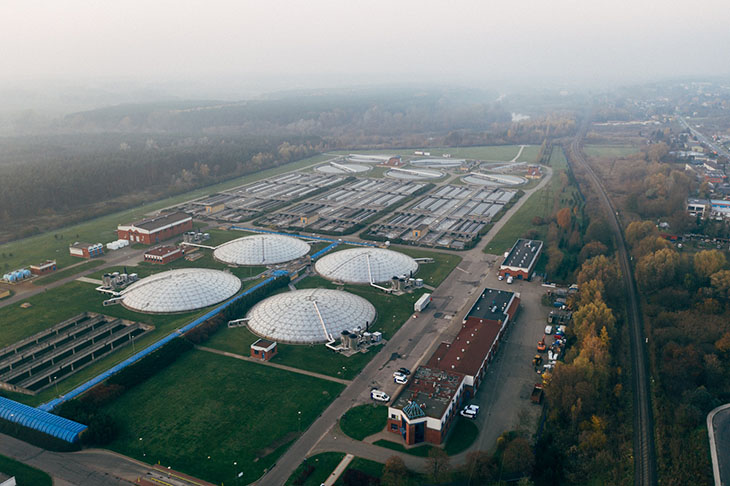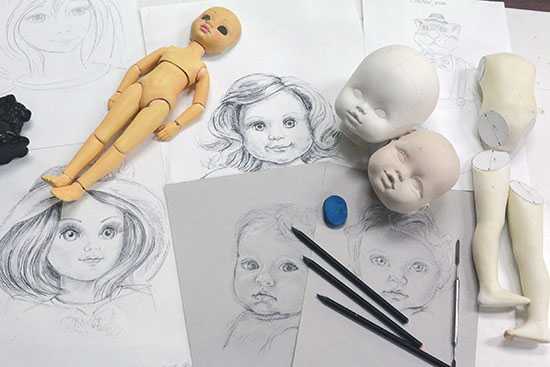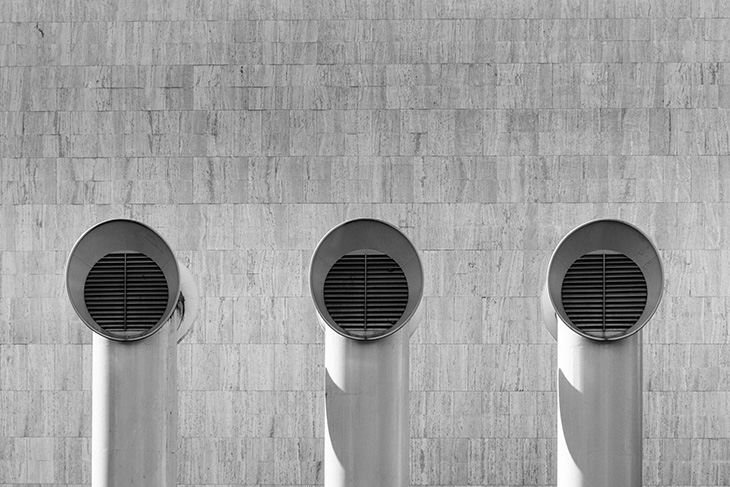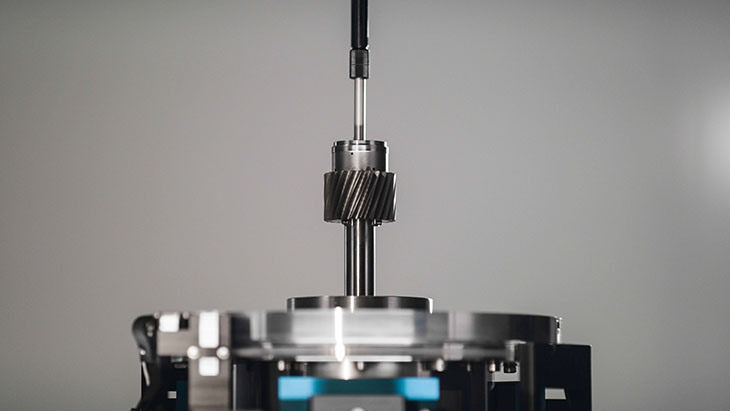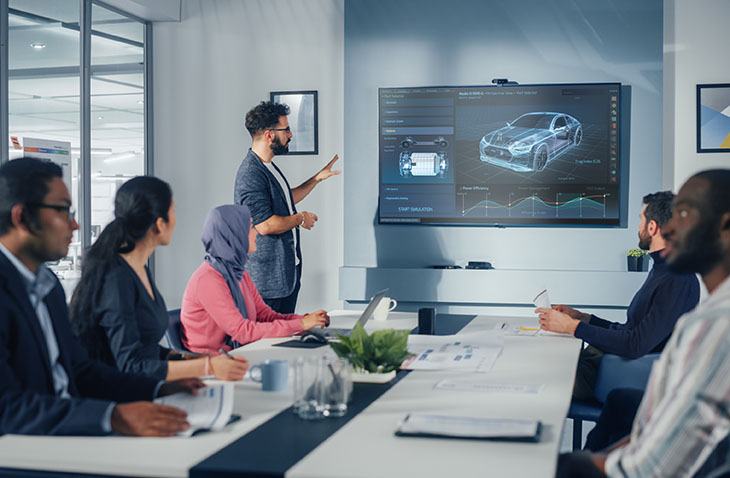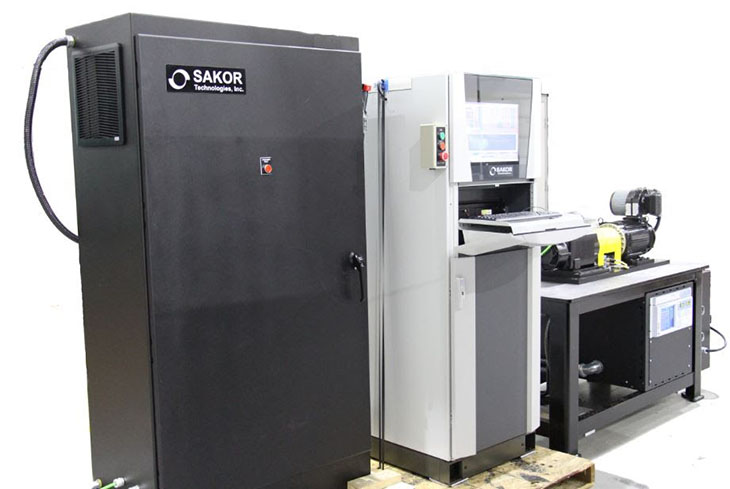All manufacturers should meet high standards, but pharmaceutical companies face more stringent requirements than most. Among other regulations, pharma products must be free of any endotoxins — toxic complexes in bacterial cell walls. Ultrafiltration is one of the most promising methods for manufacturers.
Ultrafiltration removes contaminants from a liquid solution by pushing it through a porous membrane. While relatively simple, its impact on endotoxin removal in pharmaceutical manufacturing is substantial.
Removing Endotoxins from Solutions
Ultrafiltration’s most obvious advantage is its efficacy in removing endotoxins from solutions. Many drugs rely on water or other liquids, but filtration methods acceptable for other purposes may not be thorough enough for pharmaceuticals.
The pores in an ultrafiltration membrane are between 0.01 and 0.05 microns in diameter, 10 times smaller than those in microfiltration. That’s small enough to remove virtually all bacteria and even some viruses while allowing water molecules to pass through.
Some ultrafiltration membranes also feature a charged coating, letting them retain molecules of a certain charge for further decontamination. Less specialized water purification systems can’t match this level of contaminant removal, making them insufficient for pharma production.
Removing Endotoxins from Equipment
While the drug ingredients are the most obvious target for purification, any endotoxin contamination on the surfaces contacting them could transfer to the final product. Consequently, pharmaceutical companies must also sanitize all production equipment. Ultrafiltration is valuable in this role, too.
Ultrafiltration can’t clean solids — much less industrial-sized machinery — directly, but it can decontaminate the water and other solutions used to sanitize them. While safe to drink, tap water isn’t safe for medical applications, including pharmaceutical equipment cleaning. Harsh chemicals or localized heat treatment can remove endotoxins, but they incur high expenses.
Cleaning sanitation solutions through ultrafiltration enables both high cleanliness and efficiency standards. By creating their own sterile solutions, manufacturers can keep their equipment free of contaminants without relying on costly outside sources or delay-prone supply chains.
Cost Efficiency
Ultrafiltration is also desirable for its cost-effectiveness. The process uses no external chemicals, reducing material expenses. While it does use specialized equipment, this machinery is relatively simple, making unexpected malfunctions unlikely.
Passing water through an ultrafiltration membrane doesn’t require much energy, either. Due to its simplicity, it’s also highly automatable, which can prevent error-related expenses and lost productivity. Systems with water recovery features can also save millions of gallons of water annually, further reducing utility costs.
Maintaining ultrafiltration equipment requires little more than cleaning membranes and ensuring pumps are in good condition. This minimal maintenance both prevents breakdowns and reduces repair-related downtime and expenses.
Endotoxin Removal Best Practices
As advantageous as ultrafiltration is, it requires proper usage to reach its full potential, like any other tool. Pharmaceutical companies should keep a few best practices in mind after deciding to implement these sanitation systems.
Apply Preventive Measures
Ultrafiltration is highly effective at removing endotoxins, but prevention is always preferable to remediation. Minimizing contamination before filtration will also extend the membranes’ service life and reduce maintenance needs.
Pharmaceutical manufacturers should maintain sterile working environments. That includes regular cleaning and sanitizing of the entire room, requiring workers to wear gloves, masks and other protective gear and reducing foot traffic between facilities. Producers should also hold their supply chain partners to high standards to minimize material contamination in transit.
Preventive measures should also include thorough record-keeping to track and identify where contamination may occur. Manufacturers should automate this process wherever possible, as automated software will eliminate human error and ensure monitoring doesn’t hinder productivity.
Match Removal Techniques to Specific Applications
Pharmaceutical companies must also recognize that different endotoxin removal processes have unique strengths and advantages. Ultrafiltration is ideal for sanitizing water but is less effective with protein solutions and doesn’t apply to solid drug ingredients. Consequently, manufacturers must mix and match techniques to achieve maximum decontamination.
Manufacturers can start by recognizing where endotoxin contamination can occur in production. From there, they can identify what materials they must sanitize, making it easier to select ideal sanitization techniques. Companies should also consider budgetary and workforce constraints, as some methods may be highly effective but more error-prone or costly.
Test Frequently
Finally, pharmaceutical manufacturers should test for endotoxins. Testing should occur before ultrafiltration to gauge how many contaminants enter the production line. These figures can reveal more effective workflow changes to prevent contamination before filtration.
Post-filtration testing is crucial to ensure the process is effective. The FDA recommends a maximum exposure of five endotoxin units (EU) per kilogram of body weight per hour for most drugs. Intrathecal or epidural drugs shouldn’t deliver more than 0.2 EU per kilogram. Manufacturers can use these guidelines and average patient weights to determine acceptable endotoxin levels and write accurate use instructions.
Pharmaceutical Manufacturers Need Ultrafiltration
While endotoxins are one of many contaminants pharmaceutical manufacturers must prevent, they are a critical one. If businesses hope to protect patients while minimizing operating costs, they should consider ultrafiltration as a removal technique.
Ultrafiltration can sanitize drug ingredients and help clean equipment without incurring high additional costs. If manufacturers can capitalize on those benefits effectively, they can maintain higher standards for both regulatory compliance and efficiency.









